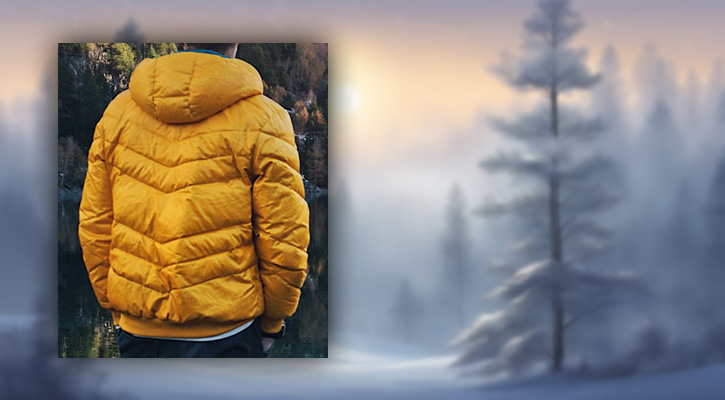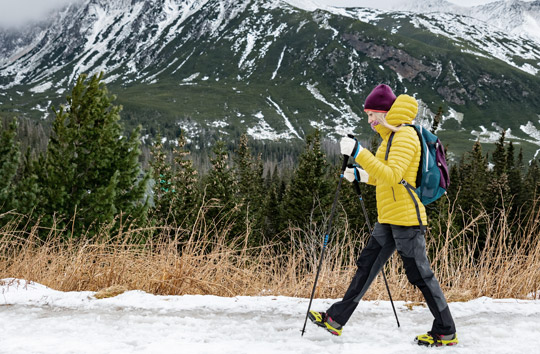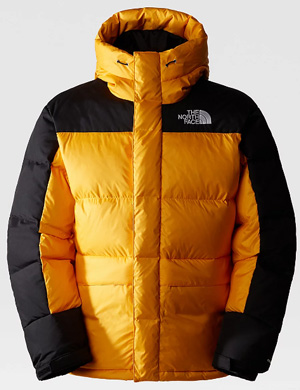
Insulation plays a crucial role in keeping you warm during the winter months. As temperatures plunge, it’s not just about staying dry but also about maintaining body heat.
Choosing the right winter jacket is essential, and that’s where understanding the difference between synthetic and natural insulation becomes key.
In the upcoming discussion, we’ll explore how natural down insulation holds up in comparison to PrimaLoft®, a type of synthetic insulation.
You’ll learn about what insulation is, its function, and why it’s an indispensable component of your winter gear.
As we examine the various aspects and effectiveness of these insulating materials, you’ll be better equipped to make the right decision on which is best suited for your needs in cold weather.
1. Insulation Essentials
When selecting outdoor clothing or gear for chilly conditions, the ability to retain warmth is critical. Insulation performs this role by restricting the movement of heat from your body to the colder external environment.
Essential Characteristics of Insulation:
- Heat Retention: The primary goal is to minimize thermal exchange.
- Material Variance: Options range from synthetics like PrimaLoft® to natural down, with even the weave of the fabric contributing to heat conservation.
- Wind-Protection: Ideally, materials should be windproof or at least offer substantial wind resistance.
- Moisture Management: Water resistance is vital, as damp materials lose warmth faster and can diminish insulating efficiency.
Insulation in outdoor jackets has various features, each serving a unique purpose in keeping you warm:
- Breathability: Allows perspiration to escape without compromising warmth.
- Resilience to Water: Keeps the insulation dry to maintain loft and effective heat-trapping.
- Wind Deterrence: Resists against cold breezes which can accelerate heat loss.
Be mindful that wet conditions not only lead to discomfort but can also heighten the risk of hypothermia. It is for these reasons that truly dependable insulated apparel is not only water-resistant but engineered to uphold insulation properties under diverse weather scenarios, ensuring your safety and comfort in freezing temperatures.

2. Types of Insulation
Natural Down/Feather Insulation
Derived from the soft, fine undercoating or plumage found beneath the exterior feathers of waterfowl, such as geese and ducks, this insulation is highly esteemed for its exceptional warmth-to-weight ratio. The measure of the insulation’s quality is called ‘fill power’, indicating the down’s capacity to loft and thus provide warmth. Greater fill power equates to more warmth with less material and bulk.
For example, a jacket with a fill rating of 800 will be lighter and less bulky than one rated at 600, while still offering the same level of warmth. Generally, goose feathers possess a higher fill power than ducks, providing superior loft and fluffiness. This distinction can significantly influence the price and effectiveness of the finished product.
This insulation type has remarkable compression properties, enabling it to return to its original state post-compression.
However, it has a notable weakness: sensitivity to moisture. When exposed to water, down loses most of its insulating properties, severely diminishing its effectiveness. To combat this, many down jackets feature water-resistant treatments, although care should still be taken to avoid wet conditions.

The North Face Men’s Himalayan Down Parka: image thenorthface.com
Synthetic Insulation: PrimaLoft®
PrimaLoft® stands out in the artificial insulation market, widely incorporated into an array of clothing and equipment, often in collaboration with renowned brands like The North Face. As a microfiber material, PrimaLoft® uses fine fibers to establish a network of tiny air pockets to retain warmth, echoing down’s insulating method but with a synthetic twist.
This material is designed to replicate the softness and compressibility of down while improving upon its breathability, meaning it allows air to pass through and moisture to escape more efficiently.
Consequently, PrimaLoft® maintains a considerable portion of its insulating power even when damp, gaining popularity for outdoor apparel where exposure to wet conditions is common.
| Attribute | Natural Down Insulation | PrimaLoft® |
|---|---|---|
| Source | Waterfowl (ducks, geese) undercoating | Microfiber polyester |
| Warmth-to-Weight | High (varies with fill power) | High (mimics down) |
| Fill Power | Up to 800+ (superior warmth with less bulk) | PrimaLoft Gold is comparable to 500-550 fill-power down |
| Compressibility | Excellent | Excellent |
| Moisture Resistance | Poor (loses insulating properties when wet) | Good (retains warmth when wet) |
Note: When considering the best insulation for your needs, evaluate factors such as intended use, expected weather conditions, and personal preferences regarding compressibility and weight.
3. Comparison: Down vs PrimaLoft
Thermal Insulation
When it comes to trapping heat, down insulation is better. Its unique structure forms numerous tiny air pockets that excel in retaining warmth.
Air Permeability
Both insulations offer good breathability. The fabric of the jacket also plays a crucial role in overall breathability.
Resistance to Moisture
Recent advances have improved down’s resistance to water, but PrimaLoft is superior due to its polyester fibers that naturally resist water absorption and maintain insulating properties when damp.
Durability
A down-filled jacket generally surpasses synthetic alternatives in longevity, especially with high-quality fabrics and proper maintenance to prevent mildew.
Ease of Care
PrimaLoft takes the lead in maintenance, tolerating frequent washing without losing structure, whereas down requires more careful cleaning and drying to avoid clumping.
Compactness and Weight
Down is less bulky and lighter, needing less material to achieve equal insulation compared to PrimaLoft, which translates to increased comfort.
Which is Better?
For dry and very cold places, down is superior with its insulation and longevity. In wetter conditions, PrimaLoft is the preferable choice due to its moisture resistance.
Read next:
Duck vs Goose Down Insulation: Which is Better for Jackets?
10 European Down and Puffer Jacket Brands for Winter
